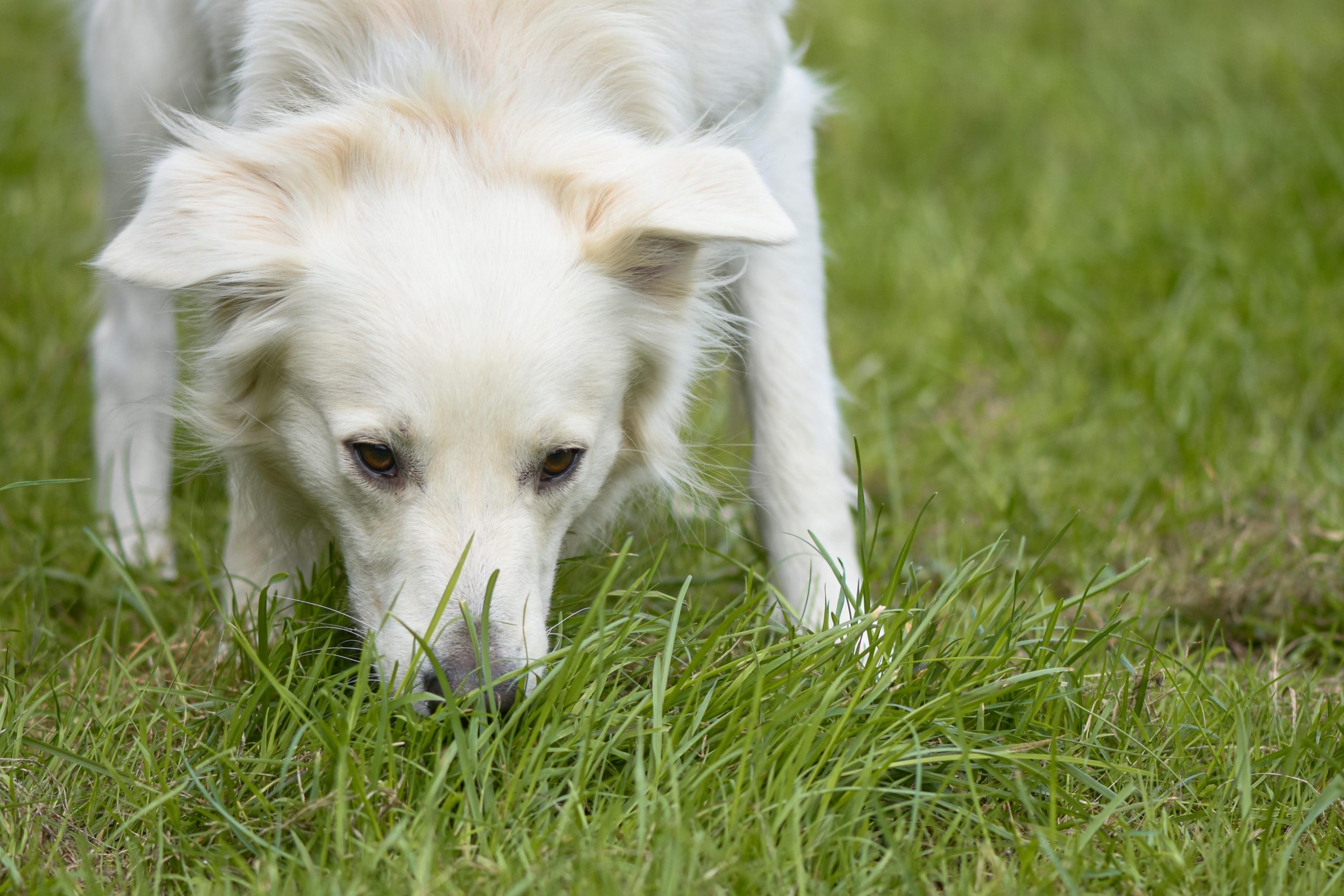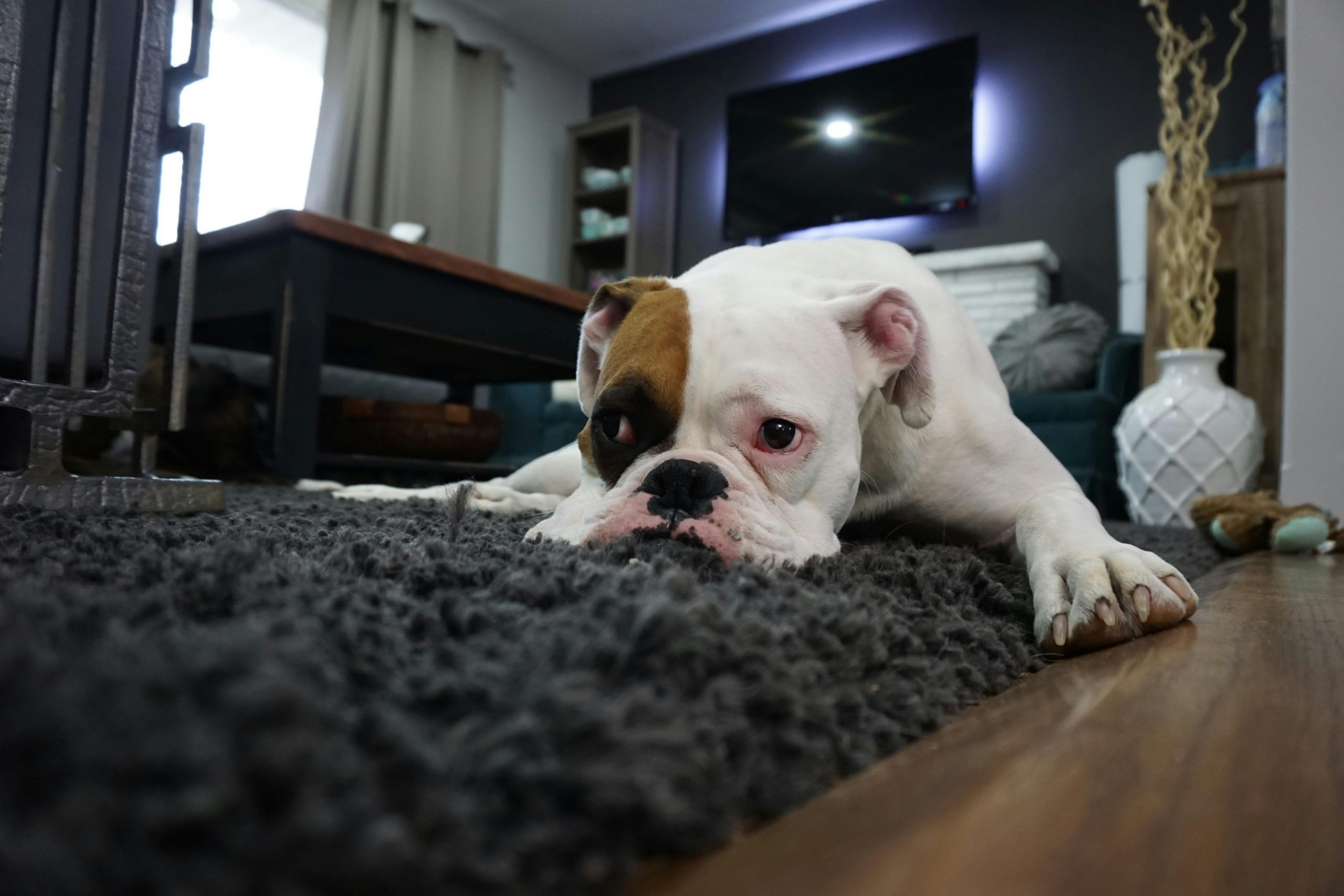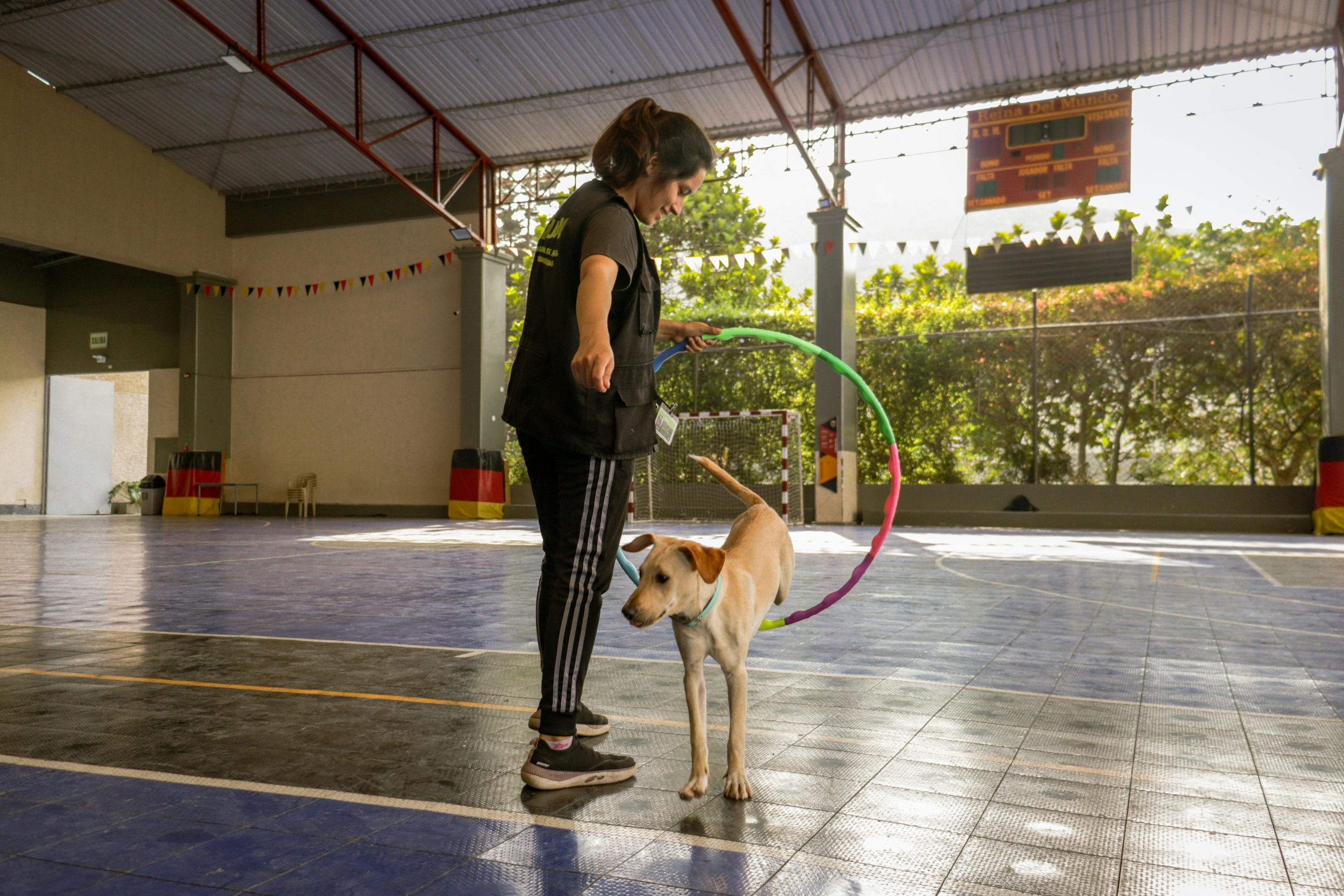
Disclaimer: Pets For Seniors. This site provides pets content for informational purposes only.
As pet owners, we often observe our dogs engaging in behaviors that seem odd or out of place. These behaviors may include excessive licking, scratching, yawning, or even pawing at the ground. While these actions may appear random or quirky, they could be signs of displacement behavior—a dog’s way of coping with stress or anxiety.
For senior pet owners, managing these behaviors can be especially challenging, as aging can reduce their capacity for consistent training and intervention. However, with the right tools and approach, it’s entirely possible to help your furry friend feel more at ease. One of the most effective methods is positive reinforcement, which rewards desirable behaviors and encourages your dog to repeat them.
In this article, we’ll break down what displacement behavior in dogs is, how it manifests, and how you can use positive reinforcement to manage it effectively. Let’s dive in!
What is Displacement Behavior in Dogs?
Displacement behavior occurs when a dog exhibits an action or behavior that is not directly related to the situation at hand. It’s often a result of the dog feeling stressed, anxious, or conflicted, but not being able to address the source of that stress directly. Instead of reacting in a straightforward manner, dogs “displace” their anxiety or frustration through alternative behaviors.
Common examples of displacement behaviors in dogs include:
- Excessive licking or grooming (especially paws or lips)
- Yawning or excessive blinking
- Pawing at the ground or air
- Sniffing or digging in random areas
- Shaking off as though wet (even when dry)
- Chewing on objects or even themselves
These actions can be confusing to pet owners, especially if they seem to happen for no apparent reason. Understanding the underlying causes and how to manage them can make a big difference in your dog’s emotional well-being.
Why Do Dogs Exhibit Displacement Behavior?
It’s important to remember that displacement behavior is a natural coping mechanism for dogs. Your dog is not misbehaving intentionally; they are simply trying to manage feelings of discomfort, anxiety, or confusion. Here are some common triggers for displacement behavior:
1. Stress or Anxiety
Dogs may exhibit displacement behaviors when they are feeling stressed, anxious, or overwhelmed. This could happen in response to changes in their environment (moving to a new home, new people, new pets) or due to separation anxiety when you leave the house.
2. Frustration
If a dog is unable to solve a problem or obtain something they want (such as food or attention), they might display displacement behaviors as a way of releasing that frustration.
3. Conflict or Confusion
Displacement behaviors can also occur when a dog is unsure of how to react to a particular situation. For example, if they’re unsure about meeting a new person or dog, they might engage in a seemingly unrelated action like licking or yawning.
4. Lack of Exercise or Mental Stimulation
Dogs that are not mentally or physically stimulated may engage in repetitive behaviors as a way to cope with boredom or pent-up energy.
How Can Positive Reinforcement Help Manage Displacement Behavior?
Positive reinforcement is a training method where desirable behaviors are rewarded, encouraging the dog to repeat those behaviors. This technique is particularly effective for managing displacement behavior in dogs because it helps shift their focus from undesirable coping mechanisms to more productive ones.
By using positive reinforcement, you can help your dog feel more secure and confident, reducing the need for displacement behaviors. Here’s how to implement positive reinforcement effectively:
1. Identify the Trigger
Before you can manage displacement behavior, it’s essential to understand what’s triggering it. Is your dog stressed due to a new visitor, anxious about being left alone, or frustrated because they can’t access their favorite toy? Identifying the source of the stress is the first step in managing the behavior.
- Observe your dog’s environment to pinpoint stressful situations.
- Note the timing of the displacement behavior — does it happen during certain activities (e.g., vet visits, car rides, when you’re leaving the house)?
- Monitor for changes in routine that could be causing your dog to feel unsettled.
2. Redirect the Behavior
Once you identify the triggers, it’s time to redirect your dog’s attention away from the displacement behavior. This involves providing a healthier outlet for your dog’s stress or anxiety.
- Distract with toys: When your dog starts to engage in displacement behavior, redirect them to a toy or puzzle feeder. This will help shift their focus and provide a mental challenge.
- Practice basic commands: Ask your dog to perform commands they know, such as “sit” or “stay.” Reward them with treats and praise when they respond correctly. This not only diverts their attention but also strengthens their obedience skills.
3. Reward Calm Behavior
Rewarding your dog when they remain calm in a stressful situation is crucial for reinforcing positive behaviors. When your dog starts showing signs of stress, rather than rewarding the displacement behavior (like pawing or licking), reward them for calmer actions, such as sitting quietly or laying down.
- Use treats: Offer a tasty treat when your dog remains calm during a stressful situation. This teaches them that staying calm is more rewarding than engaging in displacement behavior.
- Praise verbally: Along with treats, verbal praise like “good girl” or “good boy” reinforces the positive behavior.
4. Provide a Routine and Structure
Dogs thrive on routine, and a predictable environment can reduce stress and anxiety. Establishing a daily routine for meals, walks, playtime, and rest will help your dog feel more secure and less likely to engage in displacement behaviors.
- Keep feeding times consistent to prevent anxiety around meal times.
- Create a designated space for your dog where they can feel safe and secure, especially during times of stress.
- Incorporate regular exercise to help burn off excess energy that might contribute to anxious behaviors.
5. Teach Alternative Behaviors
Teaching your dog alternative behaviors can replace displacement actions with healthier coping strategies. For example, if your dog starts licking their paws when stressed, redirect them to a calming behavior, such as lying on their bed or engaging in a chew toy.
- Clicker training: Use a clicker to mark the behavior you want to reinforce, followed by a reward. For example, click when your dog lies down calmly and then offer a treat.
- Create a “calm down” routine: When your dog starts showing signs of displacement behavior, guide them through a calm-down routine such as deep breathing exercises or quiet time in their safe space.
6. Stay Patient and Consistent
Managing displacement behavior won’t happen overnight. It takes time, patience, and consistency. Senior pet owners should keep in mind that dogs, especially older ones, may need extra time to adjust to changes and learn new coping strategies.
- Consistency is key: Always reinforce calm behavior and redirect displacement actions. This helps your dog understand what’s expected.
- Be patient: Understand that managing displacement behavior is a gradual process, and setbacks may occur. Stay calm and continue practicing positive reinforcement.
When to Seek Professional Help
While positive reinforcement can be highly effective, some cases of displacement behavior may require additional help. If your dog’s behavior becomes more intense or frequent, or if they start displaying aggressive tendencies, it may be time to consult with a professional dog trainer or veterinarian.
- Consult a vet: If you suspect that your dog’s displacement behavior is due to medical issues such as pain or discomfort, it’s important to get a thorough check-up.
- Seek professional training: If you’re struggling to manage displacement behavior on your own, a certified dog trainer can help you develop a tailored plan that suits your dog’s needs.
How to Create a Calming Environment for Your Dog
A calm and peaceful environment is essential in helping your dog feel less stressed and reduce the likelihood of displacement behaviors. For senior pet owners, creating a home environment that is soothing and stress-free is especially important, as it can also help maintain your dog’s overall well-being in their later years.
Here are some practical tips to help you design a calming space for your dog:
1. Create a Comfortable Space for Rest
Dogs, like humans, need a place to rest and relax, especially when they are feeling stressed. A quiet and comfortable space where your dog can retreat when they feel anxious is key to reducing displacement behaviors.
- Choose a quiet area: Select a corner or room in your home that is quiet and away from the hustle and bustle. A place where your dog can rest without too much noise or distraction is ideal.
- Use soft bedding: A comfortable bed or blanket can help your dog feel safe and secure. Consider a bed with high sides or a cave-like design if your dog likes to curl up.
- Calming scents: Some dogs are soothed by certain scents, such as lavender or chamomile. You can use pet-safe essential oils in a diffuser or choose calming sprays to help your dog feel at ease.
2. Control Noise Levels
Loud noises can increase stress and trigger displacement behaviors in dogs. For older dogs, this can be particularly distressing, as they may have heightened sensitivity to sound.
- Keep noise to a minimum: Be mindful of loud sounds like the TV, doorbells, or vacuum cleaners. Try to limit exposure to loud environments when your dog is resting or feeling stressed.
- White noise: Consider using a white noise machine or calming music designed specifically for dogs. Many pet owners find that soft, instrumental music or white noise helps create a relaxing atmosphere.
3. Maintain a Predictable Routine
A consistent daily routine can work wonders in helping your dog feel secure. Dogs thrive on routine because it gives them structure and a sense of control over their environment. This is especially important for older dogs who may become disoriented or anxious due to changes in their schedule.
- Set regular meal times: Feeding your dog at the same time every day reduces anxiety around meal times and helps maintain a routine.
- Establish a walk schedule: Regular walks, even short ones, can help expend excess energy and keep your dog calm. Senior dogs especially benefit from daily, moderate exercise to prevent restlessness.
4. Provide Mental Stimulation
Mental stimulation is just as important as physical exercise for your dog’s overall well-being. For older dogs, keeping their mind active can help prevent anxiety and reduce displacement behaviors. Engaging their senses and providing enrichment activities can keep your dog mentally engaged, reducing stress and frustration.
- Puzzle toys and feeders: Use puzzle toys that challenge your dog’s mind, or consider a slow feeder to make mealtime more engaging.
- Interactive play: Gentle games like hide-and-seek, or teaching new tricks, can stimulate your dog’s brain and provide a productive outlet for their energy.
5. Use Calming Products
There are various products on the market specifically designed to help reduce anxiety in dogs. These can be particularly helpful for managing displacement behaviors, especially in stressful situations like visits to the vet or during thunderstorms.
- Thundershirts: These are special anxiety-relief vests that provide gentle pressure to help calm your dog. They are especially useful for anxiety-related behaviors like displacement actions.
- Calming treats and supplements: Some treats contain natural ingredients such as chamomile, valerian root, or CBD, which are known to promote relaxation in dogs. Always consult your vet before introducing new supplements.
By creating a calming environment, you’re helping your dog feel safe and secure, which can significantly reduce the frequency of displacement behaviors. Whether it’s a cozy bed, a quiet space, or mental stimulation, a calming environment plays a crucial role in managing stress and promoting positive behaviors in dogs.
Closing Thoughts
Displacement behavior in dogs is a common issue, but with positive reinforcement, you can help your dog manage stress and anxiety in a healthier, more constructive way. By identifying triggers, redirecting behavior, rewarding calmness, and being consistent, you’ll help your furry friend feel more secure and less inclined to engage in behaviors that confuse or frustrate you. Remember, every dog is unique, so take your time, be patient, and celebrate the small victories along the way!

